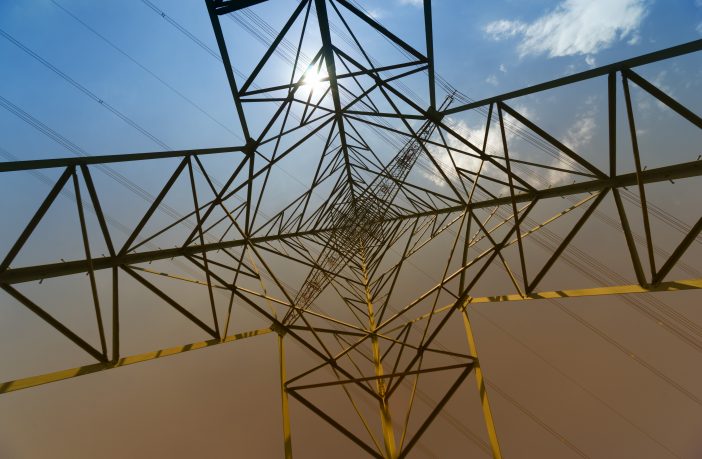- An upcoming thought leadership piece by Frost & Sullivan Africa on electricity generation, Overview and Development of the sub-Saharan African Power Pools, forecast to 2040, projects a major diversification of the region’s energy mix over the coming two decades.
- The growing African middle class and the higher standard of living will place increasing pressure on the energy sector, with energy demand expected to more than triple by 2040.
“Renewable energy technologies such as solar PV and wind are without question the energy sources of the future,” said Hendrik Malan, CEO of Frost & Sullivan Africa.
“However, Africa still requires better baseload generation in the form of either gas, coal or large-scale hydropower.”
Malan noted that these investments will continue to expand throughout the region until battery energy storage systems (BESS) technology is able to ensure continuous, stable and reliable renewable energy at cost effective prices.
Undiversified mix hampers electricity generation
The analysis outlines the current state of the sub-Saharan African (SSA) energy sector and unpacks the challenges faced by the developing economies.
SSA’s energy mix is remarkably undiversified, with most economies generating the bulk of their electricity through three or fewer sources.

This stands in strong contrast to the energy mix of advanced economies, which generated electricity by making use of at least six different sources.
The Central African Power Pool (CAPP) as well as the Southern African Power Pool (SAPP), excluding South Africa, generate most of their energy through hydropower.
On the other hand, both the East (EAPP) and West African Power Pools (WAPP) supplement hydropower energy with natural gas.
The region is enriched in growth opportunities for market participants:
- Microgrid technology in the form of decentralised grids as a cost-effective, fast and sustainable solution to raise the electrification rate
- Power financing mechanisms to transform high capital acquisition costs into smaller monthly installments for poorer, remote communities
- Smart grids to integrate small-scale renewable energy generation projects
- Smart meters to aid public utilities to minimise billing errors and support revenue collection
Final thoughts
According to Malan, hydropower is an energy source that is extremely vulnerable to climate change and therefore a potential variability.
“It is important for countries in the region to take full advantage of the alternative opportunity that is renewable energy technologies, especially as they will be cost-competitive with fossil fuel sources by latest 2030,” he concluded.
Link to the Overview and Development of the sub-Saharan African Power Pools, forecast to 2040 here.
Author: Nicolette Pombo-van Zyl
This article was originally published on ESI Africa and is republished with permission with minor editorial changes.















